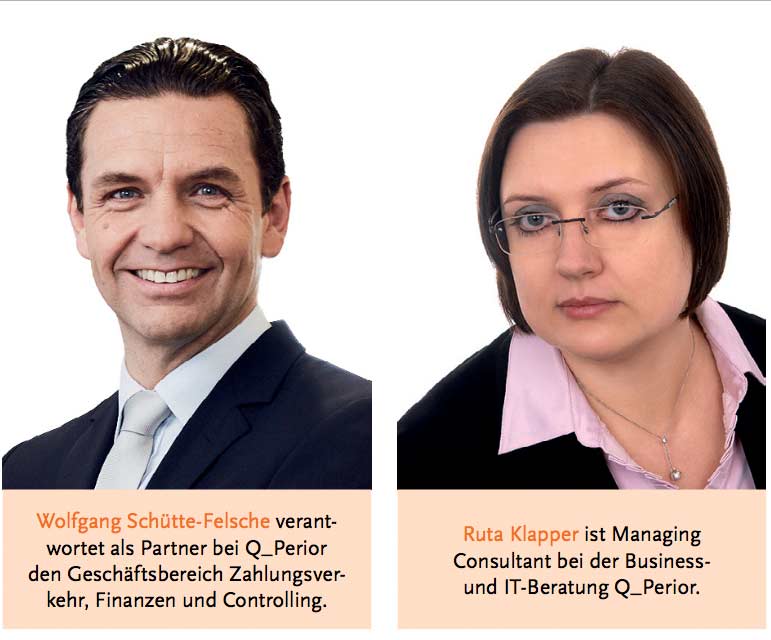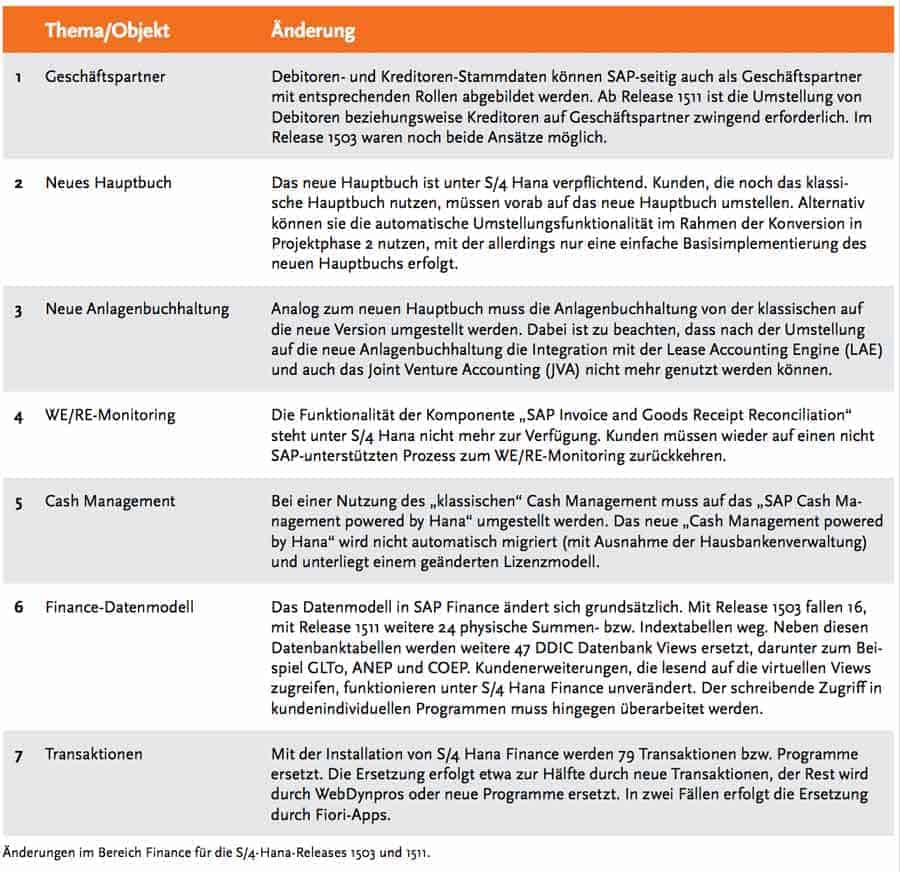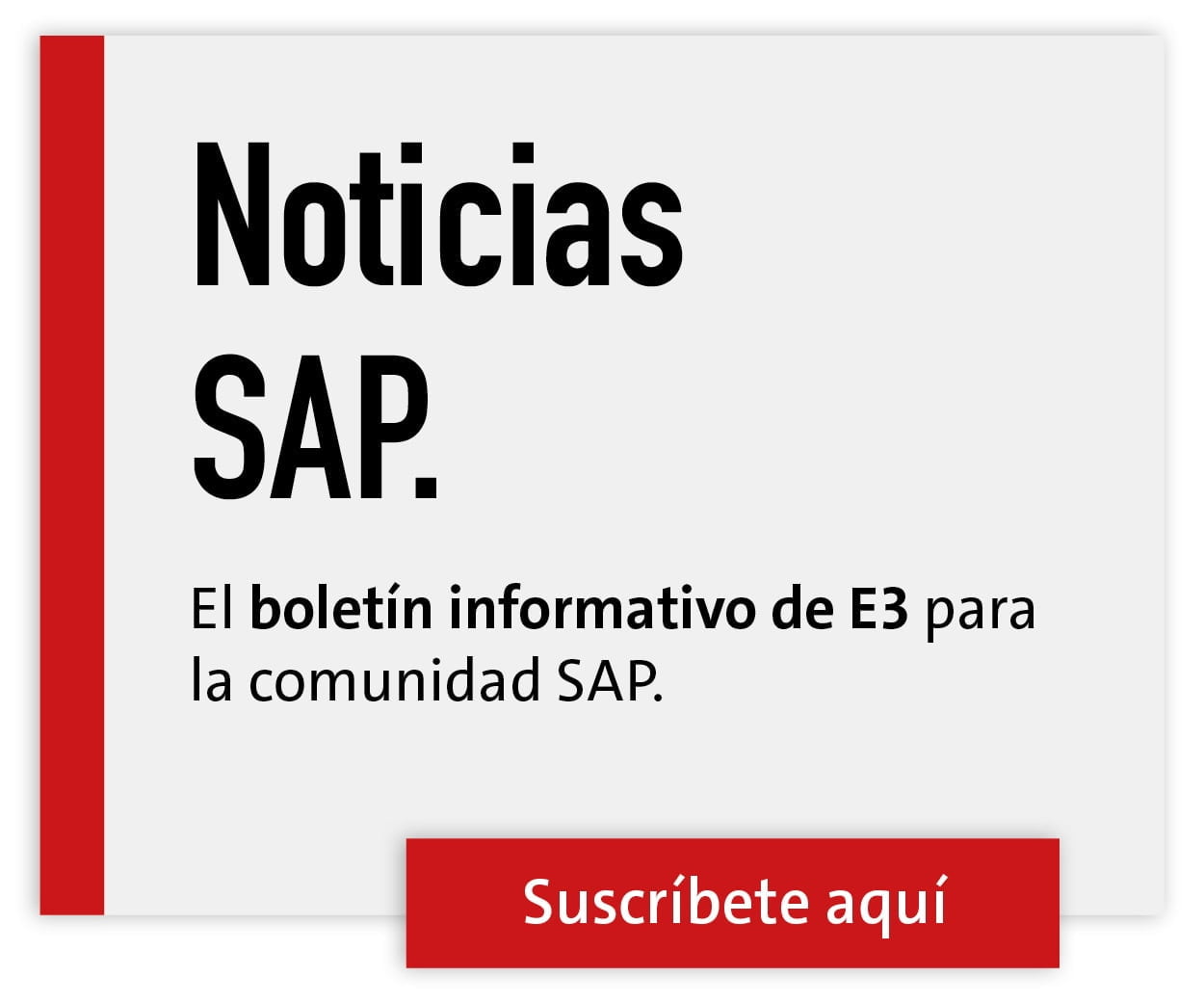S/4 Hana - No alternative to the switch?


Companies have two switchover options:
the S/4-Hana new introduction ("greenfield approach") or system conversion ("brownfield approach").
SAP also distinguishes a third variant, the so-called landscape transformation. This is a special type of new implementation in which several existing ERP systems are simultaneously integrated in one S/4-Hana system are combined and harmonized.
The choice of the appropriate changeover scenario depends on the individual starting situation of the company. The most important question here is the scope of change desired for the business processes and structures.
In principle, every company should validate which business processes will be affected by the changeover to S/4 Hana are to be optimized and which functionalities (simplifications) are to be implemented by SAP in the S/4-Hana releases are currently already being delivered.
As a business and IT consultancy, we support companies in various changeover scenarios. In our own company we have S/4 Hana for the system conversion.
In the following, we will therefore focus on the brownfield approach and our experiences in the transition from ERP 6.0 EHP 6.0 to S/4 Hana Finance 1511 lie.
System conversion to S/4 Hana in three phases
System conversion is an in-system transfer of individual system configurations and business data.
Intra-system means that the settings and data are stored within the existing ERP-system - to put it simply - from many different old tables into a few new tables.
SAP offers extensive technical support for the in-system conversion. In order to be able to apply the conversion tools delivered by SAP as standard, the ERP-system, however, the data required for the S/4-Hana system conversion meet the necessary requirements.
S/4-Hana conversion projects by means of system conversion usually take place in three project phases:
Phase 1: Create conditions
First, the requirements for switching to S/4 Hana created. How extensive this undertaking is depends heavily on the ERP-release, the functionalities currently in use and the S/4-Hana target release.
In order for the conversion to be performed, the ERP-The target release must be at least ERP 6.0 on EHP7 (for target release 1503 or 1511) or EHP8 (for the now available target release 1610).
With the help of the "Conversion Guide" and the "Simplification List" - available via the SAP Service Marketplace and the SAP Help Portal - every SAP-Customer about the technical and professional changes in the various S/4-Hana releases and derive the relevant prerequisites from this.
These changes can be divided into three categories: first, consolidation of redundancies from the previous solution portfolio; second, deleted functions that will no longer be supported in the future; third, Hana-optimized, new functions.
To focus on the S/4-Hana system conversion, SAP offers the "Business Scenario Recommendation (BSR)" service.
To do this send Customers a file generated by means of an SAP program from their productive ERP system to SAP, showing which business processes are currently in use.
Based on this, SAP creates for each Customers an individual list of recommendations as well as possible simplifications to the upcoming system conversion.
In addition, SAP offers a mandatory technical "readiness check" to ensure that a S/4-Hana system conversion can be performed. Here, the customer systems are checked for convertible release statuses and activated system components.
Only after a successful "Readiness Check" can the system conversion in phase 2 be started.
Phase 2: Perform system conversion
In phase 2, the actual technical system conversion takes place. This phase comprises several work steps.
In the first step (2a), a new SAP ERP-target system with a Hana-Database installed and set to the identical release/patch level as the one to be converted. ERP-system can be brought.
Subsequently, from the SAP ERP-All configurations, structures, and business data are extracted from the source system and imported into the new ERP system (database migration). SAP also provides the corresponding Programs ready
In the third step (2c), further preparations must be made. For this purpose, SAP provides special pre-checkPrograms with the help of which configurations and individual business data can be analyzed with regard to possible inconsistencies. This is because cleanups and corrections are often necessary before the Migration required.
However, if this is, for example, old archived Data concerns, which are not included in S/4 Hana are to be migrated, the conversion can be carried out on your own despite any inconsistencies that may occur. Risk be continued. However, it is essential that this is documented and agreed with the internal audit department.
Only in the fourth and penultimate step does the actual physical conversion of the tables and structures take place - again with the help of corresponding programs from SAP.
After the conversion, there is still some finishing work to be done, such as migration reconciliation, before the S/4-Hana system of the specialist department can be released for productive use.
Since the transaction codes change in some cases, the User be informed accordingly about the changes and trained if necessary.
As mentioned at the beginning of this article, Phase 2 is the technical S/4-Hana prerequisites met. A productive S/4-Hana system is then in use.
Phase 3: Design and implement process optimizations
In order to achieve higher added business value with the S/4-Hana implementation, it is recommended to carry out another process optimization (phase 3).
In the context of process optimization, topics such as harmonization of accounting and controlling processes, multidimensionality, Real-time-reporting, acceleration of closing processes, accounting-based profitability analysis (CO-PA) or mobile scenarios with Fiori apps can be tackled.
In contrast to the more technical phases 1 and 2, phase 3 has a technical focus and can be carried out with a time lag from phase 2.
Planning meets reality
We have performed all the described steps of phases 1 (create prerequisites) and 2 (perform system conversion). In both phases Efforts and especially the duration have been higher than expected.
A temporally decoupled, separate pre-project for phase 1 before the planned system conversion can prevent getting under time pressure already at the beginning of the project.
In phase 2, a test conversion based on a copy of the production system should be mandatory, otherwise the duration of this phase is difficult to estimate.
This is mainly due to two factors:
- First, the cockpit provided by SAP can only be processed sequentially. There is no possibility to prepare for future problems by "test" runs of the further steps and thus to shorten the throughput times.
- Second, error correction is sometimes time-consuming. In our case, the pre-checkPrograms encountered constellations that were obviously not previously envisaged by SAP. For example, we had to open various OSS error messages, which put our schedule behind schedule.
It does not work without time and patience
The system conversion to S/4 Hana is a viable way to work on S/4 Hana. Companies should currently use the Complexity of such a conversion, especially the older and more individual their own ERP-is the initial situation.
A temporally decoupled preparatory project for the S/4-Hana conversion and a downstream process optimization project make sense in any case and leverage the full potential of the conversion. It is also advisable to test the conversion of your own productive system in advance.
Because sooner or later, all SAP customers will have to switch.Customers - no matter what the scenario. Due to the numerous currently running S/4-Hana projects, SAP is also gaining extensive experience. These flow into the new S/4-Hana releases and associated conversion programs, all of which are Customers will benefit in future projects.







